Part 1: What Happened? William C. Shelton (The opinions and views expressed in the commentaries of The Somerville News belong solely to the authors of those commentaries and do not reflect the views or opinions of The Somerville News, its staff or publishers.) Wall Street's savaging of Main Street has been a common theme in recent political campaigns. Also in debate over the feeble financial reform bill that Congress passed last week.
|
|||
"Main Street" in this figure of speech signifies the commercial and social center of a place-based human community, its residents, and its businesses. "Wall Street" stands for giant corporate institutions, particularly financial ones, whose relentless pursuit of ever-greater profit dominates any concern for human communities, causing them harm.
One reason why this metaphor has so much resonance that both Democrats and Republicans use it is that a majority of America's main streets are dead or dying. And among the forces that killed Main Street is Wall Street.
Somerville's main streets were its squares, and the portions of Broadway that run through Winter Hill and East Somerville. They hosted grocery, drug, clothing, shoe, hardware, and even furniture stores. They were nodes for streetcar lines. Residents could shop, take in a movie, and have a meal or a beer, all in their own neighborhood. One or more churches were located in the squares or a short walk away.
They were places where neighbors encountered each other and conversed amiably. Their pleasant and human-scaled environment nourished such encounters.
East Somerville Main Streets and Union Square Main Streets are community-based organizations working to restore vitality to their neighborhoods' respective commercial districts. Mayor Curtatone and his Strategic Office of Planning and Development are lending them strong support, including a commitment of $75,000 per year for three years. City staffs with expertise in transportation, small business development, housing, and historic preservation have worked with them on a variety of projects.
With almost any enterprise, one cannot sustainably transform current conditions without understanding how they became what they are. But most of today's Somervillians were not alive or present when the squares were vital and self-contained neighborhood centers.
So it's important to understand what happened. As T.S. Elliot wrote, "We shall not cease from exploration, and the end of all our exploring will be to arrive where we started and know the place for the first time."
The forces that leached away "main streets' vitality were similar throughout the country. Before World War II, there were cities, towns, and country. Suburbs were rare, located along rail lines.
The War left the U.S. with the world's only intact industrial base, and a global market. American wealth grew each year, enabling government to build a highway system, developers to build suburbs served by it, and increasingly affluent workers to buy suburban homes and cars with which to commute.
Increased urban auto congestion prompted transit authorities to build suburban commuter lines. Boston's first, the Newton Highlands line, began service in 1959.
Somerville residents moved to the suburbs in droves. Between 1950 and 1980, the city's population dropped by 24 percent. This understates the full scope of the exodus, since immigrants from Portugal, Brazil, Central America, and the Caribbean often replaced departed Somerville natives.
In 1958 Assembly Square's Ford Motor Company plant assembled its last Edsel, presaging the closing of most of Somerville's more than 160 manufacturing concerns and the elimination of many higher-paying jobs.
Businesses that serve local residents are the lifeblood of any main street. They provide needed goods and services and bring people into the square. They hire neighbors who spend wages at other local businesses, strengthening the local economic cycle. Their owners and workers often participate in civic activities. The higher tax rates that they pay enable a municipality to maintain infrastructure, build amenities, and provide services.
But each business has a minimum sales volume that it must achieve. With fewer consumers in the neighborhoods, and those remaining having less disposable income, sales of first one type of business and then another dropped below that survival threshold.
The advent of malls and big-box stores hastened neighborhood businesses' demise, as broader product selections and lower prices drew residents' dollars out of the neighborhoods.
Deprived of tax revenues, local governments had to reduce investments in infrastructure. Closed storefronts, dirty streets, poor signage, few amenities, and imagined crime discouraged new merchants from locating, even if the neighborhood offered sales of sufficient size.
Chain stores evaluated locations based on potential per-capita sales, ignorant that Somerville's density offered higher sales-per-acre than their preferred locations. Lenders became reluctant to invest in existing or potential businesses in neighborhoods they perceived as blighted, while "Wall Street" threw money at malls and chain stores.
Then the suburban big boxes invaded the city itself. Strapped for cash, city decision makers embraced them, going for short-term gain while ignoring the long-term pain of traffic, pollution, minimal tax revenue per acre, and big-box impacts on existing businesses and on the potential for nearby, higher-value development.
Union Square, my neighborhood, had two hardware stores as late as 1992. They closed within a year after Home Depot opened. K-Mart had a similar effect on dry goods stores. The current tenants of Assembly Square's big-box strip mall pretty much preclude the existence of sporting goods, stationery, or linen goods enterprises elsewhere in Somerville.
Which almost brings us to this moment. Except that Somerville's squares are reviving.
Most of Davis Square's current residents cannot imagine the wasteland it had become by December 1984. But the Red Line exponentially multiplied foot traffic through this pedestrian-friendly built environment, creating enormous potential for revitalization.
Activist neighbors and small business people worked together effectively, with the support of the city, to realize that potential. The anticipated arrival of the Green Line now offers similar promise to the neighborhoods surrounding its stations.
In the next column I'll examine the national trends that are bringing people back to neighborhoods, and what neighborhood stakeholders must do to realize that potential. Then we'll take a look at the plans and accomplishments of the East Somerville and Union Square Main Streets organizations.
Until then, shop locally.



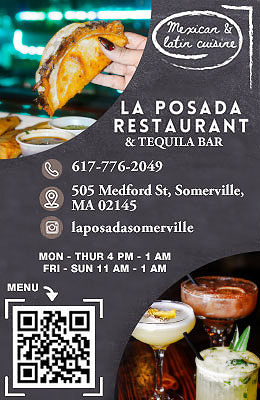
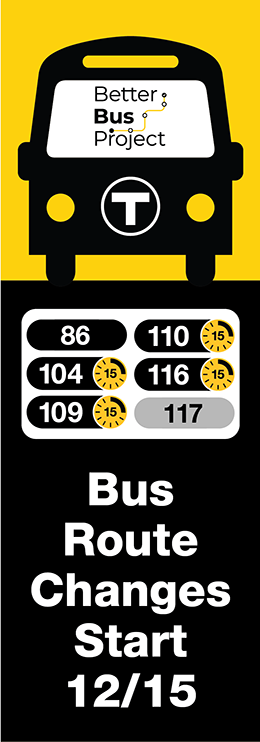

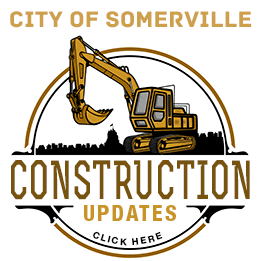


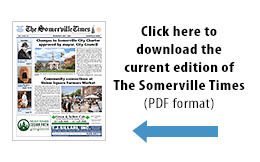


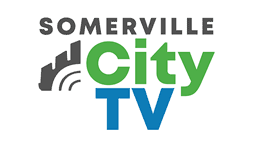

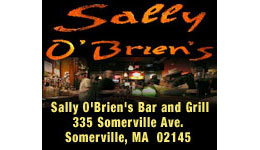

Reader Comments